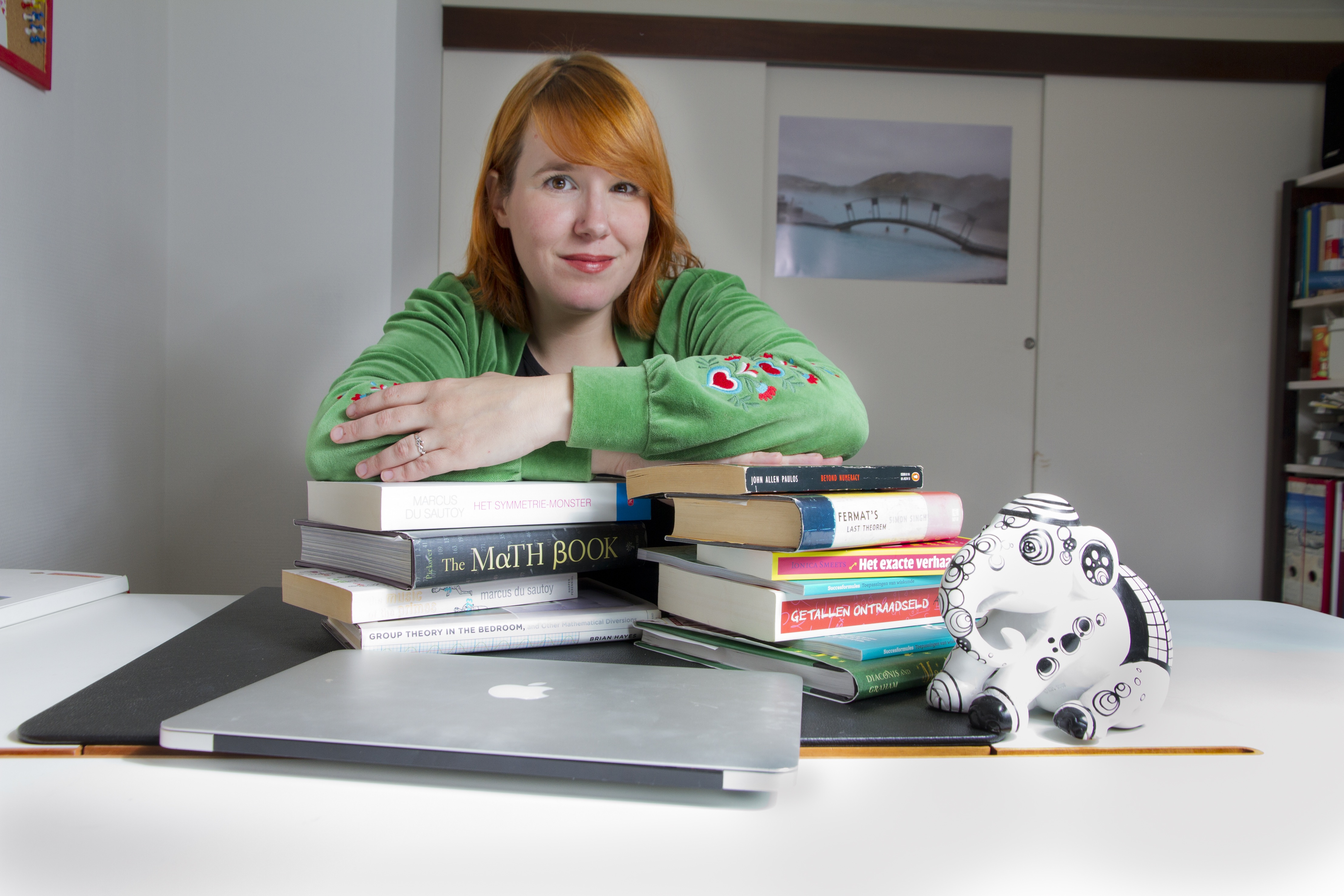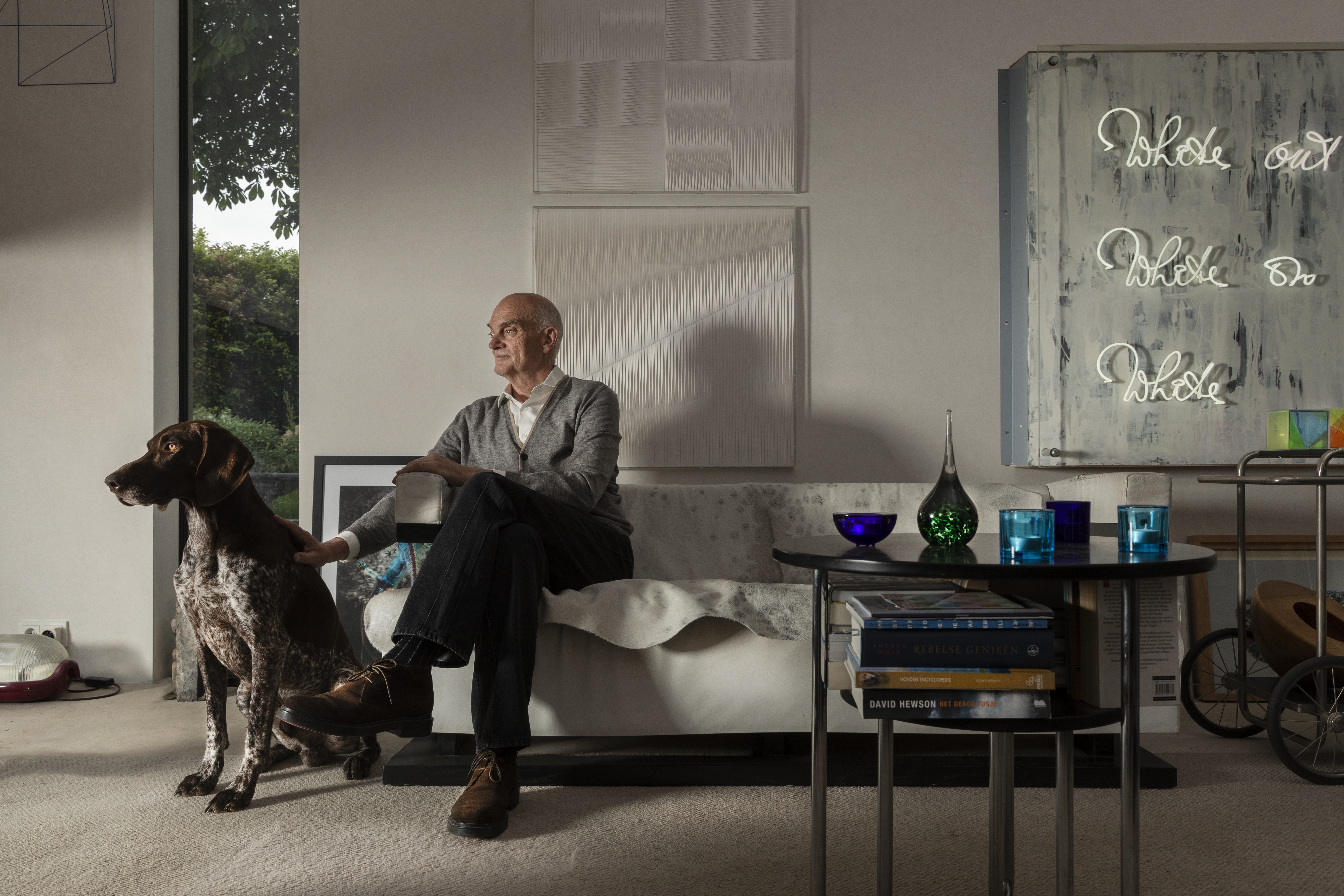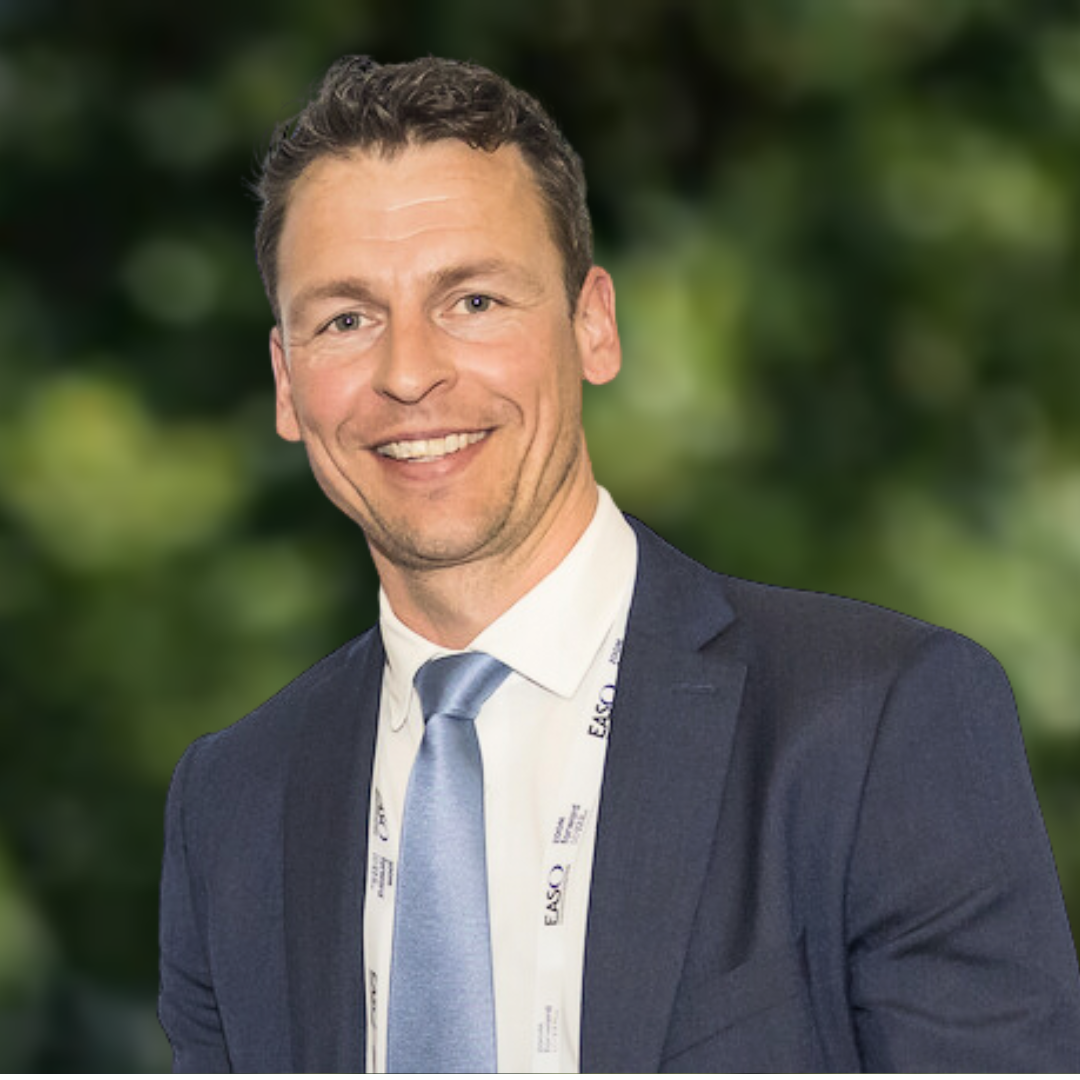Ionica chose a number (and we made it difficult)
How useful are numbers without context? They aren’t, and it shows from a phone conversation we had with Ionica Smeets. We talked to her in preparation of the theatre lecture Numbers don’t lie, which she gives in Maastricht on March 25.
“Man, it feels like an exam, this early on a Monday morning!” We call Ionica Smeets – professor in science communication, mathematician, columnist and tv-personality – on her mobile phone number. A prime number, as she proudly states.
Ionica has a keen eye for numbers. She obtained a PhD in number theory, dissected numerical misconceptions as a science journalist and writes a column by the title of Ionica saw a number. Since 2015, Ionica is a professor at Leiden University, where she researches how scientists can better communicate with a general audience. Ionica visits Maastricht on March 25. You can still sign up for an interactive lecture, during which she takes her audience on a journey through the world of misleading graphs and numbers.
The upcoming event provides an excellent opportunity to ask Ionica about herself, her theatre lecture and her field of work. We presented her with a few series of intentionally vague numbers – exactly what she warns against – and asked her to choose an appealing number out of each, to provide with some context.

Challenge 1: Ionica’s number
13 42 1729
The first series offers a choice between 13, 42 or 1729. On the other side of the phone, we hear Ionica scribbling the numbers on a piece of paper. “I’m not an auditory learner”, she says apologetically. Nonetheless, this choice is a fast one. “I choose 1729. Of course! It’s my favourite number.”
Where does your passion for numbers come from?
Ionica: “It’s actually not so much about numbers themselves. 1729 is my favourite number, because it has a story associated with it. The numeral represents someone who also saw stories behind numbers. When I look into a certain topic, like numbers, I start to love it more and the other way around. That process fascinates me.”
Is that also how you gradually started to love science communication?
“I think it played a role, but part of it also stems from a negative emotion. I worked as a science journalist for a few years and noticed things going wrong. I thought to myself: if you think it should be done in a different way, maybe you should just start doing it.”
What sort of things went wrong?
“The exaggeration of correlations, for example. We also conducted research on that topic. Suppose that a study finds a link between eating nuts and getting cancer less often. You may then read in a newspaper: eating nuts protects against cancer. But this isn’t necessarily true. Maybe people with healthier lifestyles just eat more nuts. We looked into how a scientific article ends up in a newspaper through a university’s press release, and saw that mistakes often originated from the press release. That’s what interests me most: seeing what you can improve within your own group.”
But, Ionica warns, her lecture is science communcation in itself. While she’ll discuss plenty of such misrepresented correlations, the theatre lecture does not address the theory behind. No problem, because we also collected a series of numbers that relate to her lecture.
1729
In a column, Ionica explains why 1729 is her favourite number. 1729 comes with two stories. One of them is about a sick mathematician, who receives a visit from his colleague. His colleague hoped for an exciting taxi-cab number on his way to the hospital, but alas: he ended up in taxi-cab number 1729. However, his sick friend – Indian math prodigy Srinivasa Ramanujan – didn’t think 1729 was boring at all. He knew (from the top of his head!) that 1729 is the smallest number you can write as a sum of two numbers raised to the third power, in two different ways.
Challenge 2: the numbers of Ionica's theatre lecture
325 1597 6211
Does Ionica prefer 325, 1597 or 6211? Contrary to the first series, these numbers don’t ring a bell. “Oh wow, let me think. Maybe I once wrote about 1597.” We hear the sound of a keyboard. “I’m searching on my computer. For 6211, I only find a cool Lego set. If those numbers relate to my lecture, they are probably examples of numbers that lie. Right?”
Well, not quite. The series represents the number of seats in the audience, the number of minutes people have looked at the lecture’s announcement (a prime and Fibonacci number, much to Ionica’s delight) and the postal code of the Bonbonnière, where the lecture will take place. “Shit! I did think that the last number was a postal code!”
Right, so people can still sign up for your theatre lecture. Help us out: what is a ‘theatre lecture’ exactly?
“The main difference with a real lecture is that there are no exams at the end.” She laughs. “That makes it easier to do something fun, because you can include only stuff that interests your audience. I also like when it’s interactive, and people can shout back at me. I hope they recognize situations afterwards. For instance, I give examples of bad graphs, and I think that everyone in the audience will start to notice them in the weeks following my lecture.”
Don’t people become overly critical of things – especially science – if you teach them that numbers are often presented in an unreliable way?
“That’s a very complex topic. Where does mistrust in science come from? It’s not as bad as people make it seem. You just hear more about it these days. You know what bothers me much more? A while ago I talked to a lawyer, who won a court case thanks to my lecture. ‘How interesting,’ I said, ‘did you catch someone concealing the truth with numbers?’ His answer: ‘No, I made a graph the way you said not to, and my opponent didn’t notice.’ I had to let that sink in. It’s not a valid reason to just not say anything. On the contrary, his opponents also need to understand how it works, so they catch him red-handed next time.”
Numbers don't lie...
... is the title of the the (English) theatre lecture that Ionica Smeets holds on March 25, at the invitation of the Maastricht Young Academy. In a captivating way, she shows how numbers and graphs can conceal the truth. During her theatre lecture, real-life examples and mathematical paradoxes vie for your attention.
Challenge 3: the numbers of (young) science communication
12 1991 1441437
We return to science communication after all, given how essential it is. “Science communication is not just about informing,” Ionica says, “although I initially thought that as well. Science communication is also about convincing. Studies show that people read things very selectively. That’s what makes it such a challenging field.”
Ionica visits Maastricht at the invitation of the Maastricht Young Academy (MYA). That group of researchers represents the interests of other young scientists, and aims to make science more understandable, more usable and more accessible to a broad audience.
High time, therefore, for the last series of numbers. To ease up on the challenge, we already reveal that they have a connection to young researchers and science communication. Will it be 12, 1991 or perhaps 1,441,437? Ionica: “That last number is probably a sum of money. But a logical amount would be 4 million, and not that 1-million-400-something. Can I get another hint?”
1,441,437 is the reference number of the Wetenschapsbrief, the ‘Science Letter’. In it, the Ministry of Education, Culture and Science explains its vision for the coming four years.
Laughing: “And you expected me to recognize the reference number!”
Not at all, actually. But you sort of did: the 4 million is closely related. Does the new science policy offer chances for young researchers?
“In the Wetenschapsbrief, two things happen which I think are very hopeful. First of all, money is reserved for science communication for the first time in a long while. That’s the four million euros. But perhaps more important than the budget, is that the letter explicitly mentions that we need to look at diversity of academic tasks. Currently, almost all reward structures within universities are geared towards research. But you also want to have excellent teachers, and people who reach out to a broad audience. They are currently looking for ways to appreciate those people.”
What would you recommend to a young scientist that wants to start doing outreach?
“Start small! I have been involved in school papers and faculty magazines non-stop since the age of twelve. That means I had been writing for a long time, when de Volkskrant finally printed my pieces and I wrote a book. Try to see what you think is the most fun, and what you are good at. Start doing that and practice a lot. Maybe the most important piece of advice: ask for feedback. I know a physicist, who invites an audience member for a beer after each of his popular scientific talks. ‘So, what do you remember?’, he asks.”
Can we also expect a beer from you, after your lecture on March 25?
“I do frequently ask people how much they understood. It can also be a conscious choice, by the way, to make it a little more difficult. I always include something more complicated. Freek Vonk, a popular biologist, does that too. For the two children in the audience that can move forward with it, he says. You shouldn’t be scared of that. If everything else is fun, people can definitely pull through two minutes of something they don’t quite get.”
Text: Dieudonnée van de Willige
Curious to see just how fun that ‘everything else’ is?
You can still sign up for the interactive lecture Ionica Smeets, Numbers don’t lie, full of numbers, whose context you suddenly will understand. The lecture costs nothing, except a few minutes of your time to sign up.
Monday: 25 March 2019, 16.00
Location: La Bonbonnière in Maastricht.

Also read
-
Nick Bos describes himself as “a fairly rational person.” When he so much as mentions words like pleasure, love or lonely, he immediately corrects himself: “Well, love is a big word. Let’s just say my affinity with the university blossomed at UM.” In Maastricht, the man who initially aspired to an...
-
A study conducted by the European Association for the Study of Obesity led by Prof. Gijs Goossens of Maastricht UMC+ published today in Nature Medicine.
-
Maastricht University takes care of many distinctive buildings and art works that we all know. By giving them a new purpose, we preserve these icons and give them a new meaning, making them the vibrant heart of a bustling city.
Did you know that these buildings and art works also provide access to...


